The young United States faced many challenges and opportunities in the 1820s, and one was the creation of a distinct national identity in the arts. Today, visitors standing on the porch of artist Thomas Cole’s house at the Thomas Cole National Historic Site in Catskill, New York, can view the mountainous landscape that inspired Cole to create America’s first art movement, the Hudson River School. In the house and other buildings, Cole’s personal items and modern technology—like furniture on which the artist’s correspondence appears digitally—bring to life the man who was America’s most famous artist when he died in 1848. William Cullen Bryant, the noted poet and writer, gave Cole’s eulogy; artist Asher Durand painted a picture honoring their friendship. The artist’s transformative paintings and writings influenced cultural history and raised issues, such as Cole’s concern with the destruction of the landscape, that remain relevant.
In 2021, the touring exhibition “Cross Pollination: Heade, Cole, Church, and Our Contemporary Moment” (June 12 through October 31), created by the Cole site, the Olana Partnership at Olana State Historic Site, and the Crystal Bridges Museum of American Art, presented the work of 19th-century artists Thomas Cole, Frederic Church, Martin Johnson Heade, and others along with works by nineteen 21st-century artists. A centerpiece of the exhibition were sixteen stunning paintings of hummingbirds by Heade from The Gems of Brazil (1863–1864). The “cross pollination” refers not only to interconnections between artists past and present but also to the cross pollination between art and science, including environmental issues like biodiversity. The works were shown indoors and on the grounds of the Cole site and nearby at Olana, home of Hudson River School painter Frederic Church, who studied with Cole. Check the Cole site online (and Olana’s website) for special remote and in-person programs.
Exploring the Cole House and Beyond
Born in England, Thomas Cole (1801–1848) moved with his family to Ohio in 1818 and later settled in Philadelphia. He took art classes there and also taught himself to paint by reading and by studying other artists’ works, deciding to focus on landscape—even though historical scenes were more highly valued at the time. Cole, a Christian, brought a Romantic appreciation of the sublime in the magnificent American landscape and saw God’s hand in nature. Although the new nation lacked Europe’s evocative ruins, he believed its wilderness and other landscapes were part of its identity and a worthy subject; more than 100 other artists active between 1825 and 1875 agreed. Cole’s landscapes found enthusiastic patrons in New York and beyond, including works showing the Catskills. He first traveled to the area in 1825 and had a painting studio on a 100-acre farm in Catskill, near the Hudson River. In 1836 he married Maria Bartow, a niece of the farm’s owner, moving into the house that is now the historic site. Cole also went to Europe several times to look at works by Old Masters and to paint the landscape.
Touring the Main House is a wonderful way to discover Cole’s work and ideas. The front porch view takes in Catskill peaks he explored and often painted. Inside, Cole’s creativity is evident—he tried his hand at poetry, dabbled in architecture, and wrote on art and contemporary issues—in the house decoration, with vibrant colors and two painted friezes discovered in 2014. The house displays many original objects, including furniture and the artist’s guitar; it also shows reproductions of Cole’s famous paintings downstairs, with original works by Cole and Hudson River School artists upstairs. Digital storytelling adds another dimension: in one parlor, frames for paintings show an engaging film with the voice of Thomas Cole (by actor Jamie Bell) discussing his work and views of nature. In the future, the second-floor sitting room will have digital presentations that explore Cole’s later writings. Increasingly, Cole was concerned that industrialization, in the Hudson Valley and beyond, would destroy the wilderness and nature.
Also on the property, the 1839 Old Studio is where Cole painted many famous works, including his popular four-part allegorical series, The Voyage of Life. Original easels and tools help reveal his process. Cole designed the now-rebuilt 1846 New Studio, which holds changing shows of Hudson River School paintings and special exhibitions. Near the New Studio, Marc Dion’s and Dana Sherwood’s 2020 sculpture The Pollinator Pavilion (part of “Cross Pollination”) had plants that attract pollinators such as hummingbirds and butterflies, and a place for visitors to observe them.
“Explore at Your Pace” admission allows visitors to spend more time in each room looking at paintings (including works from “Cross Pollination”) and reading samples of Cole’s correspondence and writings. Museum educators answer questions here and in other buildings. To reserve advance tickets (required), it’s best to check the website.
The historic site, just 2½ hours north of New York City in the Hudson Valley, is near the northeastern Catskills. To go deeper into the landscape, visitors can choose from the twenty sites of the Hudson River School Art Trail. Cole painted some of the trail’s beautiful places, such as Kaaterskill Clove, Kaaterskill Falls, and Sunset Rock. The scenic 3-mile Hudson River Skywalk, opened in 2019 along the Rip Van Winkle Bridge over the Hudson, connects the Cole site to Frederic Church’s home, Olana.
Outreach and Education
The six-acre grounds of the Thomas Cole National Historic Site are free for all to explore, including the spectacular porch view. A valuable resource, the Education section of the site’s excellent website presents extensive information, including videos about Cole and the artists of the Hudson River School; items from the 600-object collection; an excerpt from a picture book for children about Cole and the birth of American art; and videos (like Sunday Salon Lectures) that dive into art historical and current issues. The Cole site is also part of Historic Artists’ Homes and Studios.
Outdoor Explore Kits for the Thomas Cole site are free for schoolchildren in Green and Columbia Counties who are in public school, helping families discover the grounds and learn about the artist. Free lesson plans for teachers of K–12 students use American art to teach curriculum in history and art. On a professional level, four Cole Fellows each year participate in a one-year residency with seminars and hands-on projects relating to the art, home, and studios of Thomas Cole, allowing participants to conduct research and gain museum experience.
A visit to the Thomas Cole National Historic Site and vicinity enables visitors to look at the Hudson Valley and Cole’s art with a fresh eye, and to appreciate how a beautiful but vulnerable landscape has endured through challenges and changes.
Side Dish
Offering plenty of local flavor, HiLo is a multipurpose café on Catskill’s main street known for its delicious coffee and pastries, tasty sandwiches, and local beers, with good cocktails at night, as well as shows of local art. The vegan Fun Guy sandwich includes sauteed shiitake mushrooms and cashew cream on amazing Catskill Bread Company rye bread, while the Crindy is chicken salad with a curry mayonnaise on multigrain sourdough bread.
Linda Cabasin is a travel editor and writer who covered the globe at Fodor’s before taking up the freelance life. She’s a contributing editor at Fathom. Follow her on Instagram and Twitter at @lcabasin.

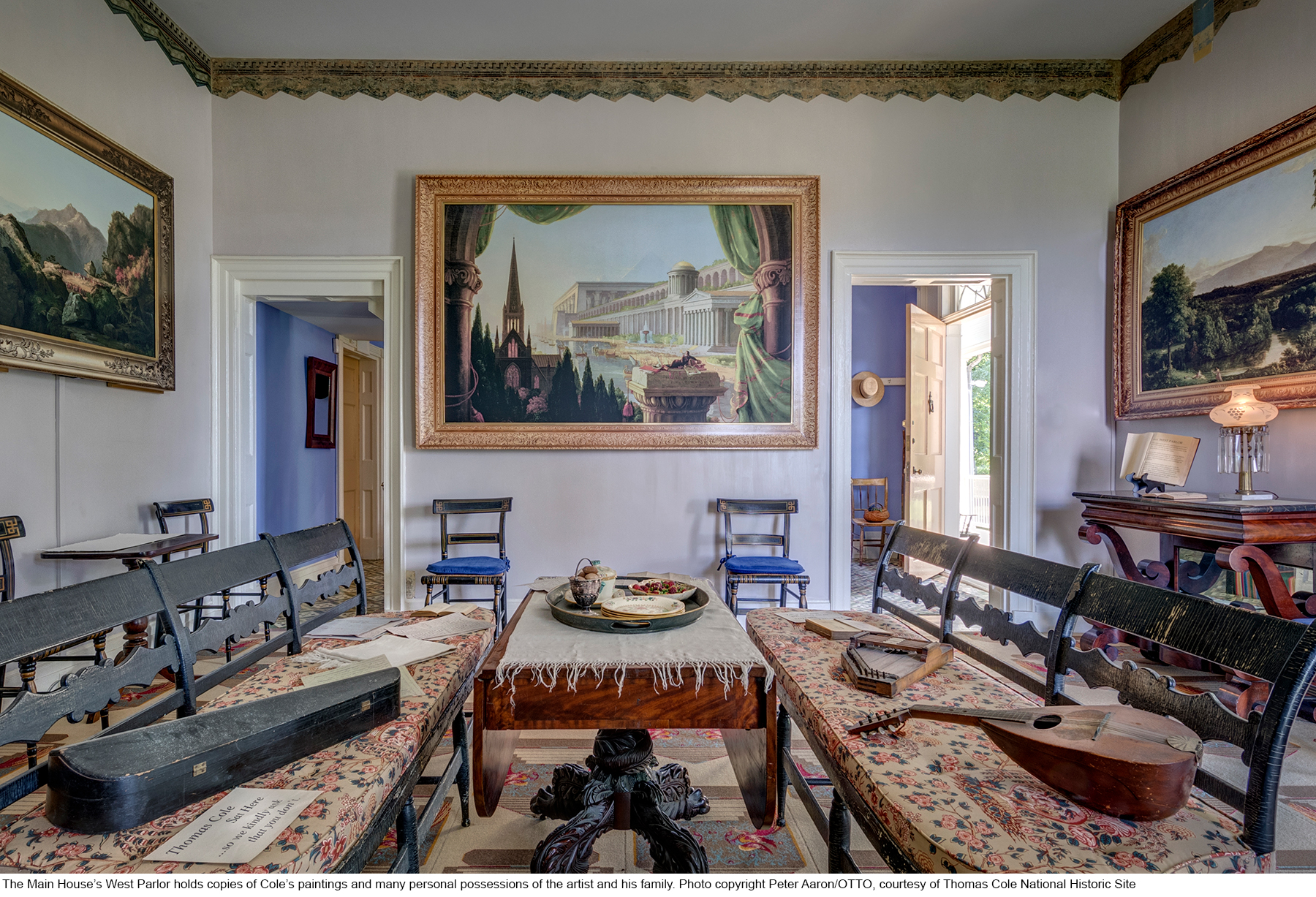
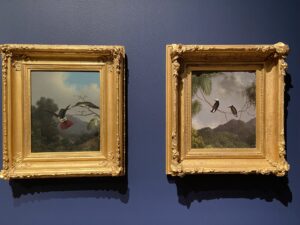
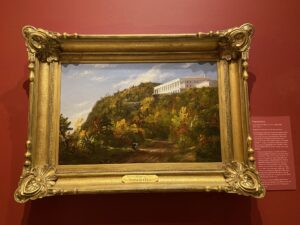
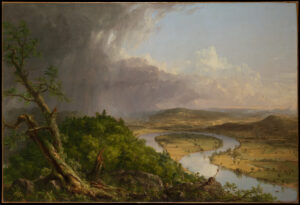
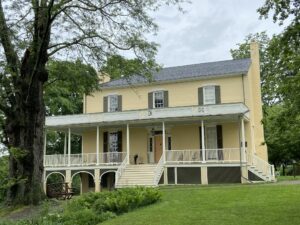
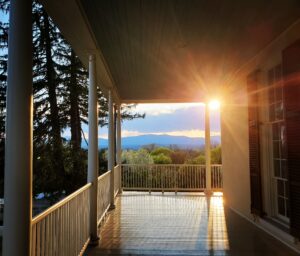
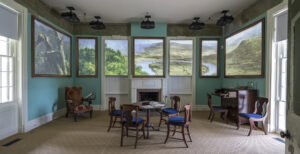
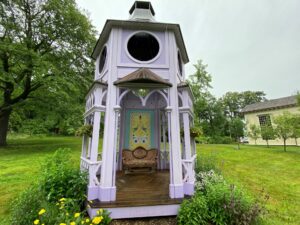
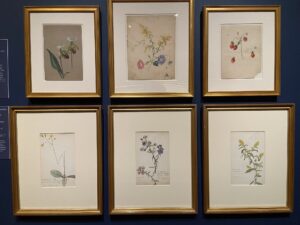
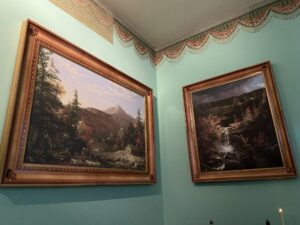
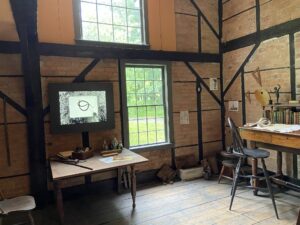
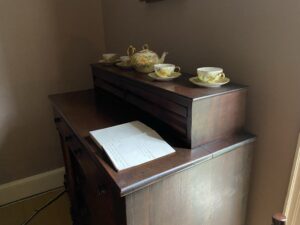
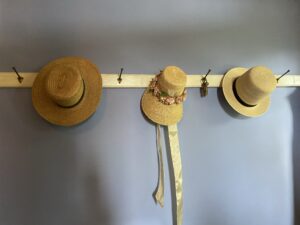
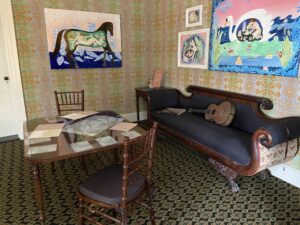
1 Comment